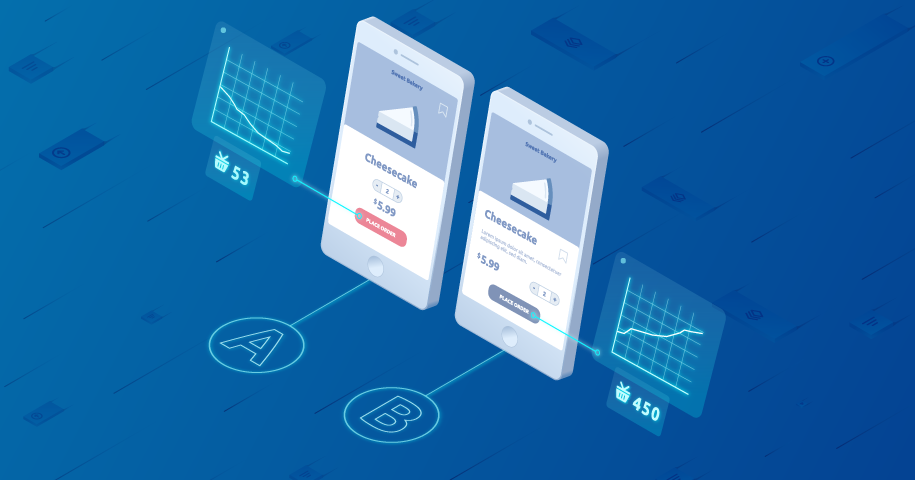A/B Testing Software Market Overview, Developments, and Forecast | 2035

The A/B testing and digital experimentation market has become a dynamic arena for strategic A/B Testing Software Market Mergers & Acquisitions, with M&A serving as the primary catalyst for both market consolidation and technological innovation. The acquisitions in this space are not just about rolling up smaller competitors to gain market share; they are highly strategic moves designed to build more comprehensive platforms that can address the entire digital optimization lifecycle. The most significant trend has been the acquisition of best-in-class A/B testing companies by larger players in the Digital Experience Platform (DXP) and Content Management System (CMS) markets. The landmark acquisition of Optimizely by Episerver is the quintessential example. This move was a clear signal to the industry that A/B testing is no longer considered a standalone tool but a core, non-negotiable capability of any modern DXP. The goal is to create a unified platform where businesses can create content, personalize experiences, and continuously test and optimize those experiences to drive better outcomes, all within a single, integrated workflow. This "platformization" of A/B testing is the central theme driving M&A activity.
Beyond the major DXP-led acquisitions, a second and equally important M&A trend is the acquisition of smaller, specialized technology companies by the A/B testing platforms themselves. As the market matures, the leaders are seeking to expand their capabilities beyond traditional A/B testing to encompass a wider range of optimization and personalization techniques. This has led to a string of "tuck-in" acquisitions designed to add specific, valuable functionalities. For example, an A/B testing vendor might acquire a startup that has developed a powerful server-side testing or feature flagging technology, allowing the acquirer to better serve the needs of product and engineering teams. Another might purchase a company specializing in AI-powered personalization, which can automatically identify audience segments and serve them the most relevant content variation without the need to manually set up hundreds of tests. Other acquisition targets include companies with advanced capabilities in areas like product analytics, session replay, heatmapping, or data connectivity, all with the goal of creating a more complete and feature-rich optimization suite.
Looking forward, the M&A landscape is likely to evolve further. As the lines between A/B testing, feature management, and product analytics continue to blur, we can expect to see more cross-category acquisitions. A leading product analytics company might acquire an A/B testing platform to create a fully integrated "product-led growth" suite. A major Customer Data Platform (CDP) might acquire an experimentation tool to allow its customers to not only build audience segments but also to test different messages and offers on those segments. The ultimate strategic goal for all these players is to own the "system of intelligence" for the customer journey, and A/B testing is a critical component of that system. The M&A activity in the market is therefore a high-stakes chess game, with companies making strategic acquisitions to build a more complete platform and to prevent their rivals from doing the same. The A/B Testing Software Market size is projected to grow to USD 40.28 Billion by 2035, exhibiting a CAGR of 15.65% during the forecast period 2025-2035.
Top Trending Reports -
Wireless Network Security Market






